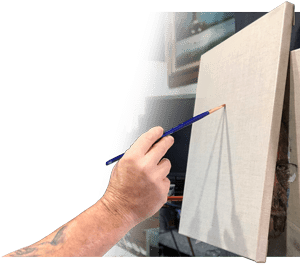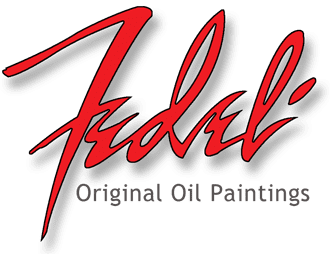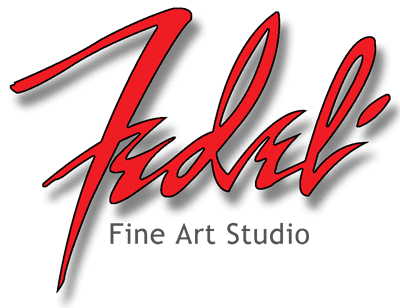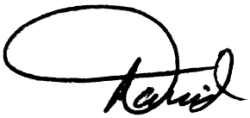
CURRENT PROJECT
Windswept
18″x24″
Oil on Canvas


PROJECT NOTES:
I often pull my sketches into Photoshop and fiddle with them. I work until I get the layout and perspective I want, and on some, I also play around with a wide variety of color schemes and light locations. Once I’m satisfied, I save a .jpg that I can view on a monitor or iPad next to my easel for reference. It’s really just a digital sketch at this point.
I did that with this painting, but did not alter the original sketch in any way. I just placed it, and played with some color ideas. The drawing itself pretty much dictated the light source and location, so I just tried to stay true to Robert’s vision.















